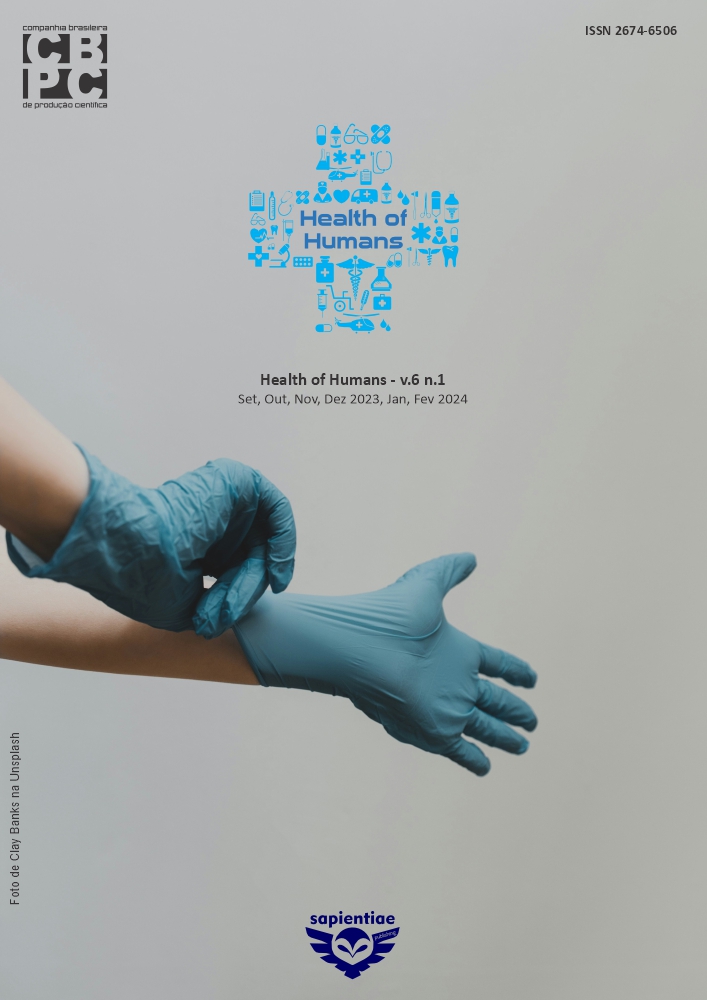Physiotherapy in the postoperative period of Tetralogy of Fallot
DOI:
https://doi.org/10.6008/CBPC2236-9600.2018.002.0009Keywords:
Physiotherapy, Tetralogy of Fallot, Cardiac surgery, KidAbstract
Tetralogy of Fallot is a cyanotic congenital heart disease that causes damage to blood oxygenation due to anatomical changes in the heart and / or large vessels. Clinically it can present with four important anatomical changes: pulmonary artery stenosis, ventricular septal defect, aortic dextroposition and right ventricular hypertrophy. Brazil follows the worldwide prevalence of congenital heart disease in the neonatal period, which ranges from 0.5% to 1%, with a proportionality ranging from 8 to 10 for every 1000 live births, not counting the cases not diagnosed for lack of neonatal screening precocious. The treatment of Tetralogy of Fallot is surgical, so that the anatomical and physiological homeostasis of the heart can be reestablished. But despite the modernization of current surgical techniques, postoperative complications still present high morbidity in the pediatric and neonatal population. Pulmonary complications result in numerous physiotherapeutic interventions aimed at promoting bronchial hygiene, increased thoracoabdominal synchronization, improved oxygenation and pulmonary ventilation, patent airways, improved pulmonary volumes and capacities. The objective of the present study is to perform a review of the literature to make a survey of the most frequent complications and techniques of physical therapy assistance in the postoperative period of pediatric cardiac surgery of Tetralogy of Fallot. For this, a bibliographic research was carried out in articles published in the last ten years in databases such as Scientific Electronic Library Online (SciELO), Latin American Literature in Health Science (LILACS), Google Academic, Coordination of Improvement of Higher Education Personnel (CAPES), Physiotherapy Evidence Database (PEDro), and PubMed, using the keywords according to the classification of Health Sciences Descriptors (DCS): 'Physiotherapy'; 'Tetralogy of Fallot'; 'Cardiac surgery'; and 'Child'. The most evident pulmonary complications in the postoperative period of Tetralogy of Fallot were pneumonia and atelectasis. As the physiotherapeutic intervention is the best strategy to optimize pulmonary function and minimize these complications, through assistance such as protective invasive ventilatory support, early weaning, oxygen therapy, early mobilization, bed positioning, prone position, AFE, manual hyperinflation, airway aspiration , cough stimulus, active cycle of breathing, forced expiration technique, inspiratory stimulators, among others.
Downloads
Downloads
Published
Issue
Section
License
The CBPC - Companhia Brasileira de Produção Científica (Brazil CNPJ: 11.221.422/0001-03) the material rights of the published works. The rights relate to the publication of the work anywhere in the world, including rights to renewals, expansions and dissemination of the contribution, as well as other subsidiary rights. All electronically published works may subsequently be published in printed collections under the coordination of this company and / or its partners. The authors preserve the copyright, but are not allowed to publish the contribution in another medium, printed or digital, in Portuguese or in translation.








